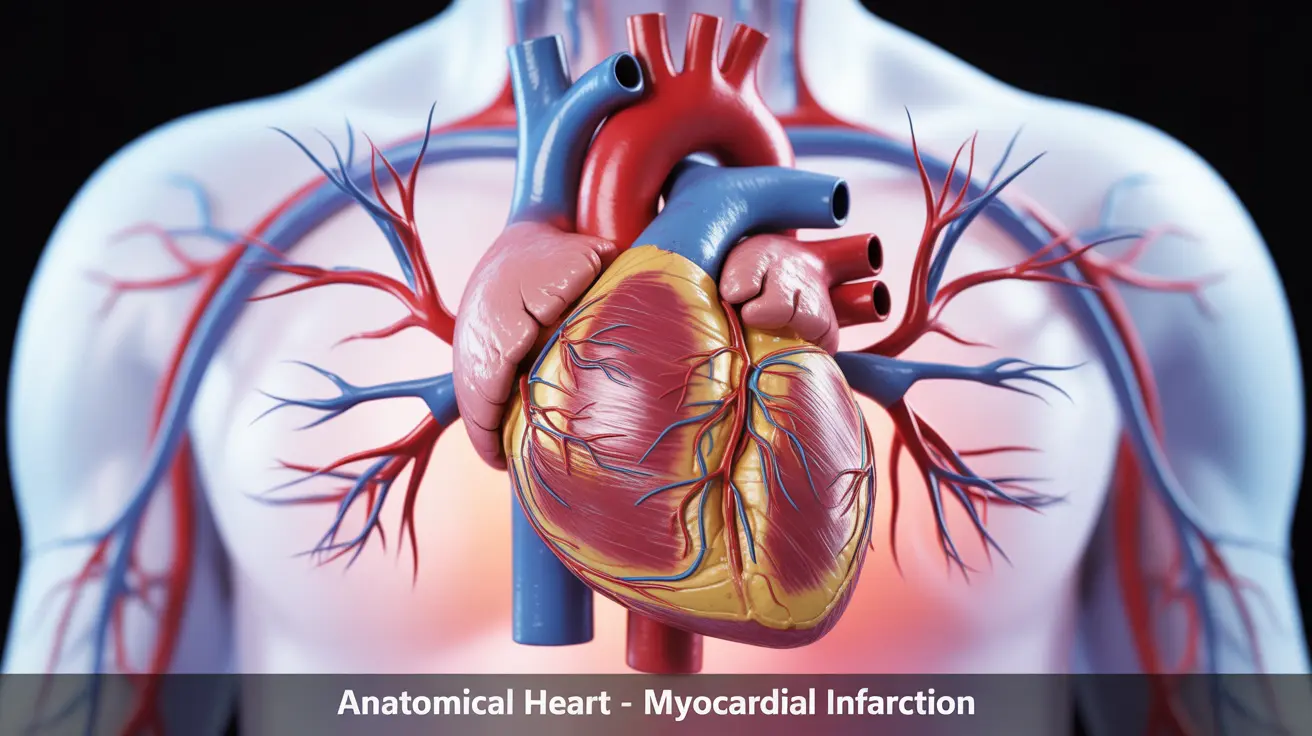When someone experiences a heart attack, their blood pressure can undergo significant changes that may provide important clinical information. Understanding these blood pressure fluctuations is crucial for both medical professionals and individuals concerned about heart health. This comprehensive guide explores the relationship between blood pressure and heart attacks, including what these changes mean and why they occur.
How Blood Pressure Responds During a Heart Attack
During a heart attack, blood pressure patterns can vary significantly from person to person. Some individuals experience a dramatic increase in blood pressure as their body responds to the stress and reduced blood flow, while others may show a sudden drop in blood pressure due to the heart's compromised pumping ability.
These variations occur because a heart attack disrupts the normal functioning of the cardiovascular system, affecting how effectively the heart can pump blood throughout the body.
Understanding Blood Pressure Changes and Their Significance
Elevated Blood Pressure During a Heart Attack
When blood pressure rises during a heart attack, it's often due to:
- The body's stress response releasing adrenaline
- The heart working harder to compensate for blocked arteries
- Increased resistance in blood vessels
- Pain and anxiety causing additional cardiovascular stress
Low Blood Pressure During a Heart Attack
A drop in blood pressure during a heart attack may occur because:
- The heart muscle is too damaged to pump effectively
- Blood flow is severely restricted
- Certain parts of the heart aren't receiving adequate oxygen
- The body's regulatory systems are compromised
The Connection Between Chronic High Blood Pressure and Heart Attacks
High blood pressure is a significant risk factor for heart attacks. It can:
- Damage arterial walls over time
- Accelerate the buildup of plaque in arteries
- Increase the workload on the heart
- Lead to the development of blood clots
Critical Warning Signs Beyond Blood Pressure
While blood pressure changes are important, other heart attack symptoms often provide clearer warning signs:
- Chest pain or pressure
- Pain radiating to the arms, neck, or jaw
- Shortness of breath
- Sudden fatigue
- Nausea or vomiting
- Cold sweats
When to Seek Emergency Care
Don't wait to check your blood pressure if you suspect a heart attack. Call emergency services immediately if you experience:
- Persistent chest discomfort lasting more than a few minutes
- Any combination of classic heart attack symptoms
- Unexplained severe shortness of breath
- Sudden onset of the warning signs listed above
Frequently Asked Questions
How does blood pressure change during a heart attack?
Blood pressure can either spike or drop during a heart attack. The direction of change depends on factors such as the severity of the heart attack, the area of heart muscle affected, and the individual's underlying health conditions.
Can blood pressure readings alone indicate if I am having a heart attack?
No, blood pressure readings alone cannot definitively indicate a heart attack. Other symptoms and clinical tests are necessary for proper diagnosis, as blood pressure changes can occur for many different reasons.
Why can blood pressure increase or decrease when someone is having a heart attack?
Blood pressure can increase due to the body's stress response and the release of stress hormones, or decrease due to the heart's compromised ability to pump blood effectively. The specific change depends on how the heart attack affects heart function.
How does high blood pressure affect the risk of having a heart attack?
High blood pressure significantly increases heart attack risk by damaging blood vessels, promoting plaque buildup, and forcing the heart to work harder. This makes controlling blood pressure crucial for heart attack prevention.
What symptoms should I watch for in addition to blood pressure changes to recognize a heart attack?
Key symptoms include chest pain or pressure, pain radiating to the arms or jaw, shortness of breath, unusual fatigue, nausea, and cold sweats. These symptoms are often more reliable indicators than blood pressure changes alone.




